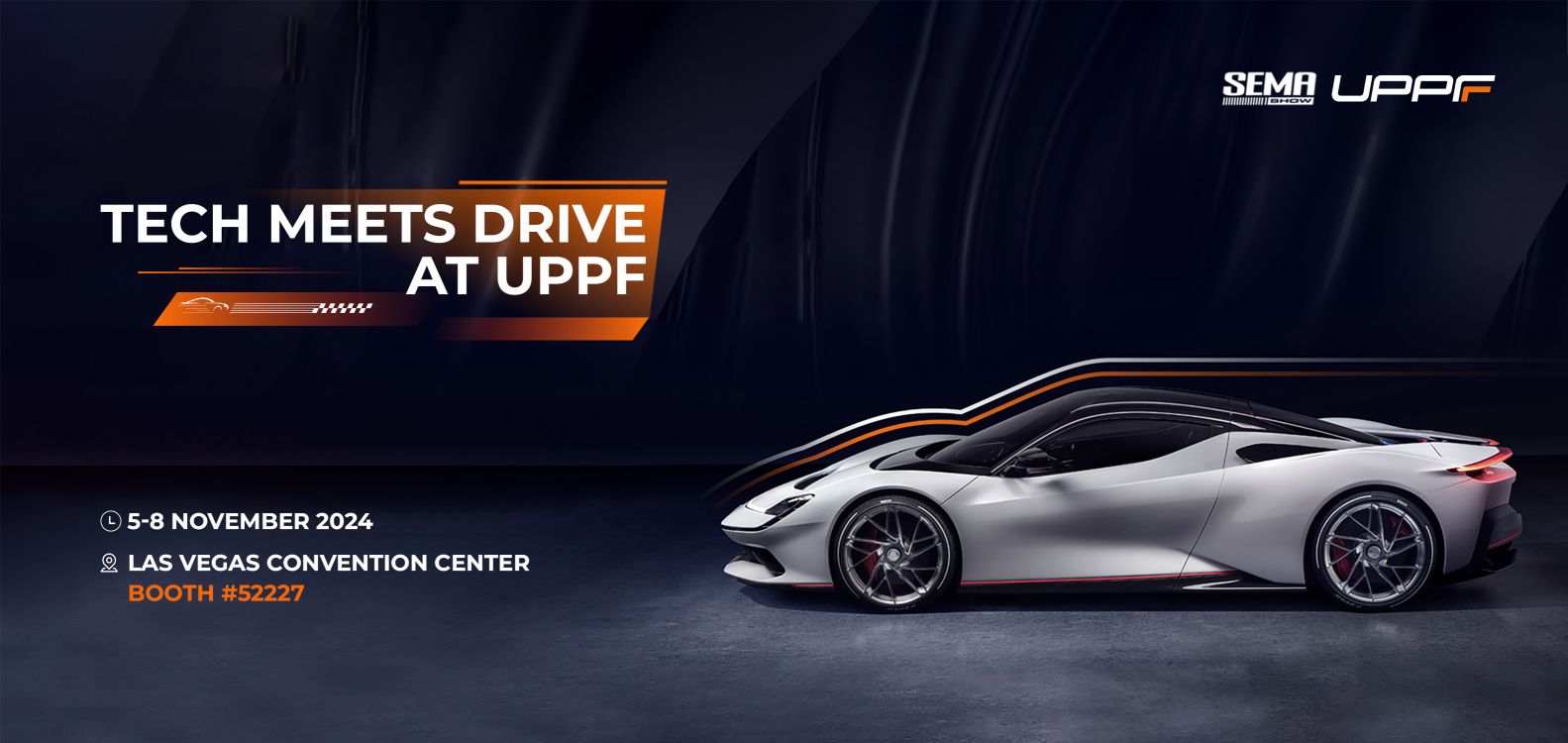It is no easy task to apply a two-dimensional paint protection film to a three-dimensional vehicle, and UPPF's film technicians need to go through a rigorous process of anticipation, then actual application, to deliver the perfect result to the customer.
Most car PPF film technicians will use a template designed to fit the car best. The car will be thoroughly cleaned and prepared for the application of the paint protection film. After all surfaces have been cleaned, the film technician will cut the PPF to the size of each section. it will be done in sections, with areas including rocker panels, bonnet, side mirrors, quarter panels, doors and other parts of the car. For each section of the different car parts the laminate will be brought into the correct position by hand using water and a sliding fluid.
An activator or matching solution is required for the installation of PPF. UPPF recommends the use of both solutions for application. One can use a soap solution by filling a 16oz spray bottle with water and adding 4 drops of Baby Shampoo. Another option is the alcohol mixed wipe method. To do this, fill a 16oz spray bottle 75% with water and add 25% isopropyl alcohol. Don't forget to wash your hands before you start the application process.
Once applied, the liquid will be squeezed out from underneath the car paint protection film. The car paint protection film installation process involves a series of moving, spraying, repositioning, scraping and re-scraping to remove creases and air bubbles from the film. Some film technicians start wrapping the film from the edges, while others cut off excess film from the edges.
Installing a paint protection film is not a big job, but considering that it concerns the appearance of your vehicle for 10 years, the UPPF cannot consider it as a simple task. At the end of the installation process, your vehicle will remain looking beautiful and easy to maintain.









